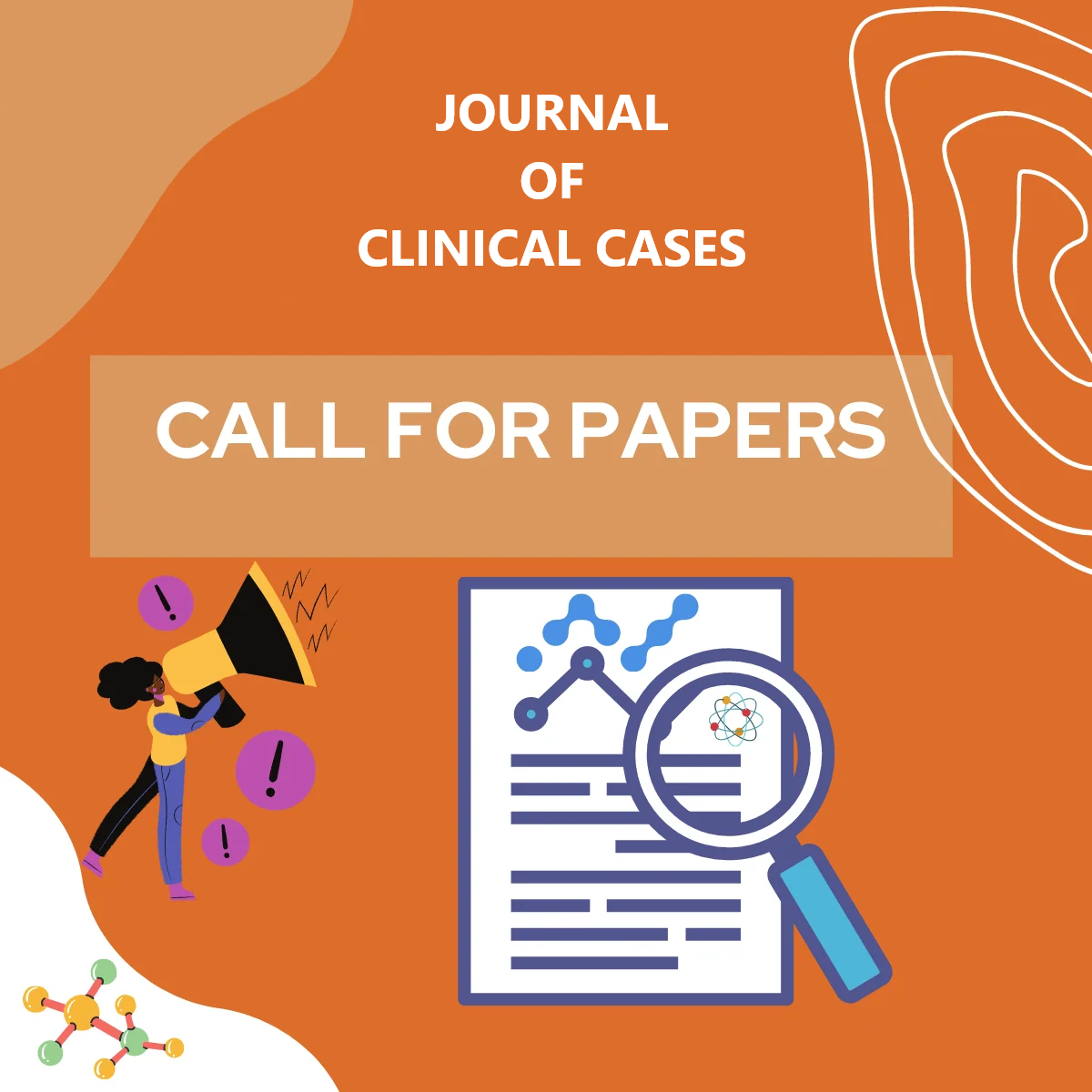Journal Citations
- Crossref
- PubMed
- Semantic Scholar
- Google Scholar
- Academia
- SCRIBD
- ISSUU
- Publons
- MENDELEY
Share This Page
Journal Page

Viral Myocarditis After Dengue Virus Infection: Case Report
Ana Beatriz Moimáz1*, Gabriela Franco Benhame , Rafae Furtado Bettio , Michel Ulloffo do Nascimento and Charlene Troiani do Nascimento
Departments:
Resident Medical Clinic at the Hospital Regional de Presidente Prudente.
Resident Physician in Cardiology at Hospital Regional de Presidente
Prudente.
Cardiologist at Hospital Regional de Presidente Prudente.
Corresponding Author: Ana Beatriz Moimáz
Published Date: 31 Aug 2023; Received Date: 12 Aug 2023
ABSTRACT
Background: Dengue is an endemic national arbovirus since the 1980s. In Brazil, it constitutes an important public health problem. The Ministry of Health informs that, until the epidemiological week 35 of 2022, there were 1,337,413 probable cases of dengue (incidence rate of 627.0 cases per 100,000 inhabitants) in Brazil. In 2023, Presidente Prudente, located in the western region of the State of São Paulo, is experiencing an alarming situation that seems to get worse every new week with a sharp increase in the number of cases, with the record of the eighteenth death (until 27/04) by dengue. It is among the three cities with the highest number of notifications in the country (it is the third, after Londrina and Foz do Iguaçu, in the State of Paraná) and has already surpassed 13 thousand cases (until 04/27). Among the various complications resulting from arbovirus infection, there is myocarditis. An inflammation of the heart muscle in response to aggression caused by exposure to external antigens such as viruses or autoimmune diseases. Although arbovirus myocarditis is an acute condition, most patients remain with chronic heart disease such as chronic heart failure. It is important to be aware of this possible complication of arboviruses, especially in endemic areas. The objective of this report is to present the case of a patient who evolved with worsening cardiac performance after a mild episode of dengue. This is the clinical case of an elderly patient with a previous diagnosis of chronic heart failure and who, after being infected with dengue, presented clinical decompensation, evolving with worsening cardiac performance, being diagnosed by cardiac magnetic resonance with viral myocarditis and in an IgM serological test. for dengue reagent. Among all these myocarditis triggers, viral infection is the most prevalent. Myocarditis can manifest itself in different ways, ranging from mild and oligosymptomatic to severe, associated with ventricular arrhythmias, hemodynamic instability and cardiogenic shock. It should be considered as a decompensating factor for heart failure in previously stable patients without other clearly identified precipitating factors.
Case presentation: This is a male patient, 75 years old, with a pathological history of arterial hypertension, permanent atrial fibrillation, heart failure with preserved ejection fraction (HFEP) with ejection fraction (Teichholz) 51.3% (VR 52-72). She was using enalapril 5 mg 12/12 hours, AAS 100 mg once a day, carvedilol 12.5mg 12/12 hours, simvastatin 40 mg once a day and furosemide 40 mg once a day, rivaroxaban 20 mg once a day . He denied travel outside the state of São Paulo. Initially, care was given at the city’s Emergency Care Unit (UPA), which complained of lack of appetite, daily fever, headache, myalgia, arthralgia and worsening of the general condition for about 5 days; due to this, the hypothesis of dengue was raised, NS1 (Non Structural) was collected and symptomatic treatment and intravenous hydration were started. About 20 days later, the patient presented bilateral lower limb edema, paroxysmal nocturnal dyspnea, orthopnea and dyspnea on minimal exertion, unable to perform daily activities that were previously well tolerated and asymptomatic. On admission to the tertiary hospital, he was in good general condition, blood pressure 100x60 mmHg, heart rate 70 bpm, capillary refill time less than 3 seconds, respiratory rate 18 bpm, temperature 36°C, Glasgow 15, cardiac auscultation normal, arrhythmic heart sounds, without murmurs, pulmonary auscultation with thick bibasal rales, flaccid abdomen and painless on palpation, no petechiae on the body or rashes, presenting with heart failure profile B. He remained hospitalized in a cardiology ward, where a chest X-ray (figure 1) was performed, which showed pleural effusion more prominent in the costophrenic sinus on the right, laboratory tests (table 1), transthoracic echocardiogram (figure 2) and magnetic resonance imaging of the heart (figure 3).
Conclusion: Myocarditis can be caused by a wide variety of infectious agents, including viruses, protozoa, bacteria, chlamydiae, rickettsiae, fungi, and spirochetes. Among all these myocarditis triggers, viral infection is the most prevalent, especially those most prevalent in our environment, and currently the dengue virus has been one of them. Myocarditis can manifest itself in different ways, ranging from mild and oligosymptomatic to severe, associated with ventricular arrhythmias, hemodynamic instability and cardiogenic shock. It should be considered as a HF decompensation factor in previously stable patients without other clearly identified precipitating factors.

